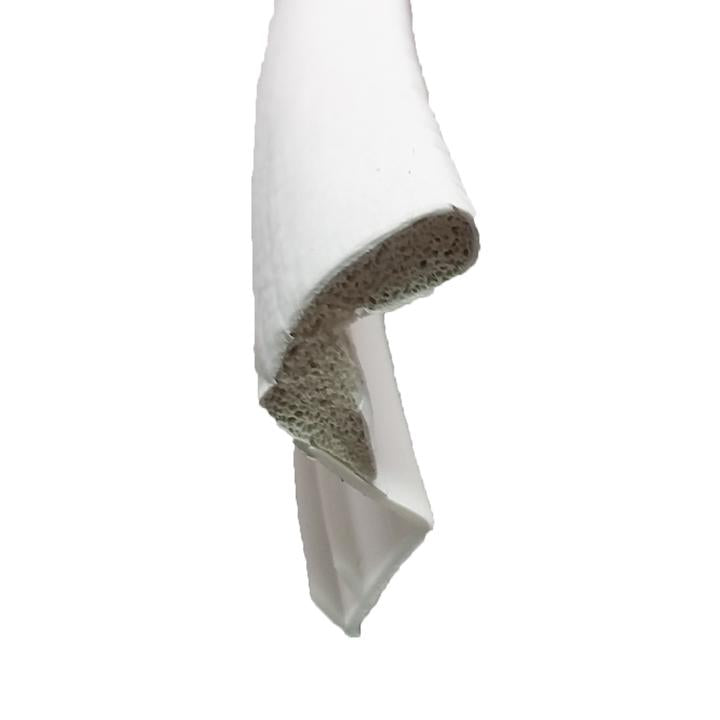Different Types of Door Weather Stripping

More people are looking for ways to keep warm and safe inside during the winter. While many people choose to replace their doors, this option can be too costly for many. The goal of door weather stripping is to keep snow, rain and insects out and prevent interior air from escaping. The result is a sealed door that can reduce your energy bill up to 15%. Additionally, this option helps reduce outside noise as well.
Getting the most out of door weather stripping means making sure to choose the right type. There are many styles and materials out there in the market, and it’s understandable not to know which one is for you. These are the main types of door weather stripping to keep in mind:
Metal Weatherstripping - This weather stripping can endure intense climates, including strong winds and harsh freezing temperatures. While it’s a tad more expensive, this option pays value for money.
Plain or Reinforced Felt Weatherstripping - This door weather stripping can be made out of cotton, polyester, or wool and has a metal strip for reinforcement. Although it typically lasts between one and two years, it is incredibly affordable and available everywhere.
V-Strips (tension seal or tension strips) - This door weather stripping is installed on the top and sides of doors and windows. You can install it quickly and easily by cutting the length you need with scissors. Its self-stick feature means you’ll need nothing else to fix it.
Foam Tape From EPDM Rubber or Closed-Cell Foam - EPDM is a long-lasting type of rubber that’s mainly used for roofs. Doors with EPDM rubber will have years of weather stripping and sound insulation. Foam weather stripping comes in many widths and thicknesses, making it perfect for uneven cracks and spaces.
Kerf Application Compression Weatherstripping - Many windows and doors use a Kerf type weatherstrip to help seal against the elements. A kerf is a groove that typically runs the full sides and top of entry door jambs and along the edge of a movable sash in a window. The Kerf Style weatherstrip is applied by inserting a short barbed fin into the groove and when the door or window is closed the weatherstripping is compressed creating a barrier against the elements
Getting the most out of door weather stripping means making sure to choose the right type. There are many styles and materials out there in the market, and it’s understandable not to know which one is for you. These are the main types of door weather stripping to keep in mind:
Metal Weatherstripping - This weather stripping can endure intense climates, including strong winds and harsh freezing temperatures. While it’s a tad more expensive, this option pays value for money.
Plain or Reinforced Felt Weatherstripping - This door weather stripping can be made out of cotton, polyester, or wool and has a metal strip for reinforcement. Although it typically lasts between one and two years, it is incredibly affordable and available everywhere.
V-Strips (tension seal or tension strips) - This door weather stripping is installed on the top and sides of doors and windows. You can install it quickly and easily by cutting the length you need with scissors. Its self-stick feature means you’ll need nothing else to fix it.
Foam Tape From EPDM Rubber or Closed-Cell Foam - EPDM is a long-lasting type of rubber that’s mainly used for roofs. Doors with EPDM rubber will have years of weather stripping and sound insulation. Foam weather stripping comes in many widths and thicknesses, making it perfect for uneven cracks and spaces.
Kerf Application Compression Weatherstripping - Many windows and doors use a Kerf type weatherstrip to help seal against the elements. A kerf is a groove that typically runs the full sides and top of entry door jambs and along the edge of a movable sash in a window. The Kerf Style weatherstrip is applied by inserting a short barbed fin into the groove and when the door or window is closed the weatherstripping is compressed creating a barrier against the elements
